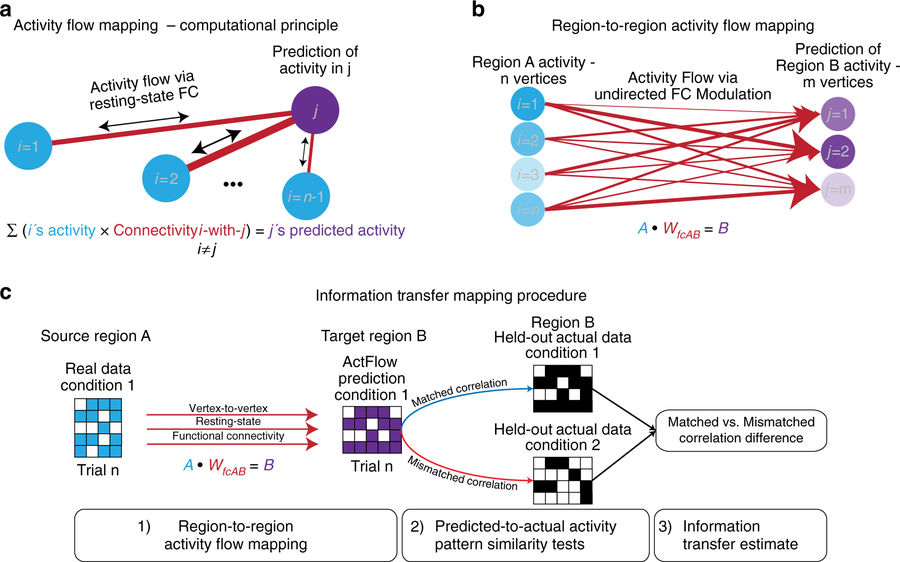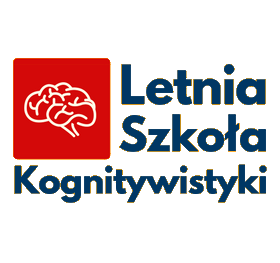Cognitive task information is transferred between brain regions via resting-state network topology

Cognitive task information is transferred between brain regions via resting-state network topology
- Nature Communications 8, Article number: 1027 (2017)
- doi:10.1038/s41467-017-01000-w
The human brain is thought to be a distributed information-processing device, its routes of information transfer constituting a core feature that determines its computational architecture. Many studies have used correlations among resting-state functional MRI (fMRI) time series to study functional connectivity (FC) in the human brain1 (see ref. 1. for review). It remains unclear, however, if these resting-state FC routes are related to the brain’s routes of cognitive information transfer. Evidence that group and individual differences in resting-state FC correlate with cognitive differences2,3,4 suggests that there is a systematic relationship between resting-state FC and cognitive information processing. However, without linking FC to information transfer, it remains unclear whether or how resting-state FC might mechanistically contribute to neurocognitive computations. Additionally, while a number of studies have shown that task information representations are distributed throughout the brain5,6,7,8, such studies have yet to reveal how these distributed representations are coordinated, and how information in any one brain region is used by other brain regions to produce cognitive computations9. Other studies investigating interdependence of brain regions during tasks (rather than during rest) have typically emphasized statistical dependencies between regional time series10,11,12, rather than the mechanistic transfer of task-relevant information content (reflected in task activation patterns13) between those regions. Thus, it remains unclear whether or how the network topology described by either resting-state or task-evoked FC is relevant to the neurocognitive computations underlying task performance.
Here, we provide evidence for a network mechanism underlying the transfer and coordination of distributed cognitive information during performance of a variety of complex multi-rule tasks.





